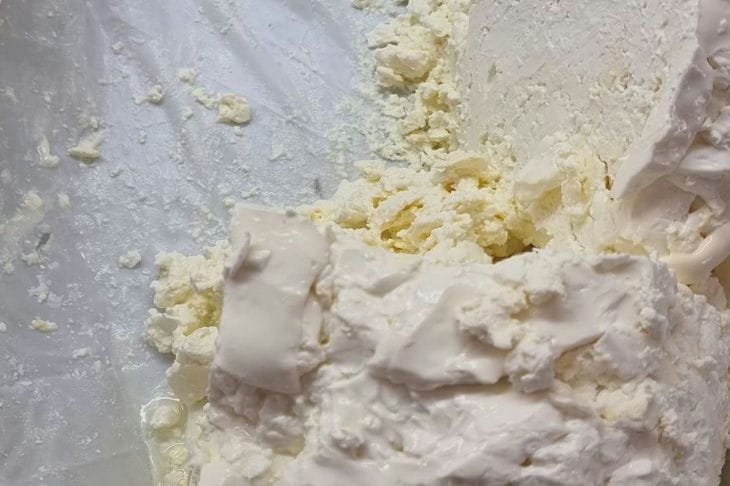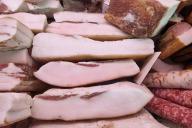Each of us is well aware of the fact that excess salt is very harmful to health.
Unfortunately, we live in a time when huge amounts of salt have been added to finished products, and manufacturers do so for the same reasons: salt is an excellent natural preservative, which means that products have a long shelf life, which is important when selling them.
In addition, salt can significantly improve the taste of any product, which also affects sales and, accordingly, profits.

But we, remembering that excess salt is harmful to health, often begin to limit ourselves in this product, undersalting food, or refusing salted nuts, chips and other not very healthy treats.
But you probably don't know that it is present in the most harmless, familiar to us, and even healthy products. You probably didn't even guess about this!
Three quarters of the amount of salt that our body needs daily is already present in the foods we eat during breakfast, lunch and dinner.
Scientists claim that 77% of excess salt comes into the body not from the salt we put in food or season dishes with, but from processed foods.
Nutritionists believe that an adult can consume a maximum of 6 gm of salt per day, which is approximately 1 teaspoon.
But most often it is not limited to this, and the amount of salt reaches 9 gm. Therefore, we would like to present you with a list of several products, the high salt content of which you did not even suspect:
Low-fat products
One study conducted in the United States found that low-fat foods, as well as those containing small amounts of fat, contain much more salt than regular foods.
A seemingly healthy product like low-fat cottage cheese can give you an unpleasant surprise if you carefully read what is written on its label and pay special attention to the amount of salt it contains.
Half a glass of low-fat cottage cheese can contain 360 mg, or twice as much as 20 g of potato chips, and 180 mg of salt.
Store-bought spaghetti sauce with reduced fat and cholesterol will instead provide you with a hefty dose of salt: half a cup contains a whopping 430 mg!
All kinds of cereal flakes are a favorite product, from which many people prefer to prepare healthy and hearty breakfasts.
However, even in this case, the situation is not as harmless as we think. Although it must be admitted that in most such products the amount of salt does not exceed the minimum dose (15% of the recommended daily intake), there are some among them where this figure is 30% of the daily intake, i.e. twice as much. Thus, 1 glass of flakes contains from 85 to 190 g of salt.
Canned vegetables
As expected, the most salt is in a jar of salted mushrooms. For example, a half-liter jar contains no less than 440 mg of salt.
If you and your loved ones are passionate fans of mushrooms, then try to eat them fresh. This will not only rid you of excess salt in the body, but also provide you with high-quality proteins.
Another rich source of plant proteins is beans, which are also recommended to be used fresh, that is, in dry form (if we are talking about beans), and less healthy canned food can be kept on hand for any urgent cases.
One can of baked beans contains 1,008 mg of salt – half the recommended daily value for an adult.
Cottage cheese
Processed curd products, curd creams, feta cheese and white feta cheese have a much higher salt content than mozzarella or regular cottage cheese bought at the market. Carefully study the label on each curd product you buy.
Semi-finished and frozen foods
Semi-finished products and frozen food include pizza, instant noodles, potatoes, oriental dishes, spaghetti, etc.
Processed foods like these tend to be higher in salt, although this may not be immediately apparent to the taste.
Earlier we wrote about why you should add sugar to pasta when cooking.








